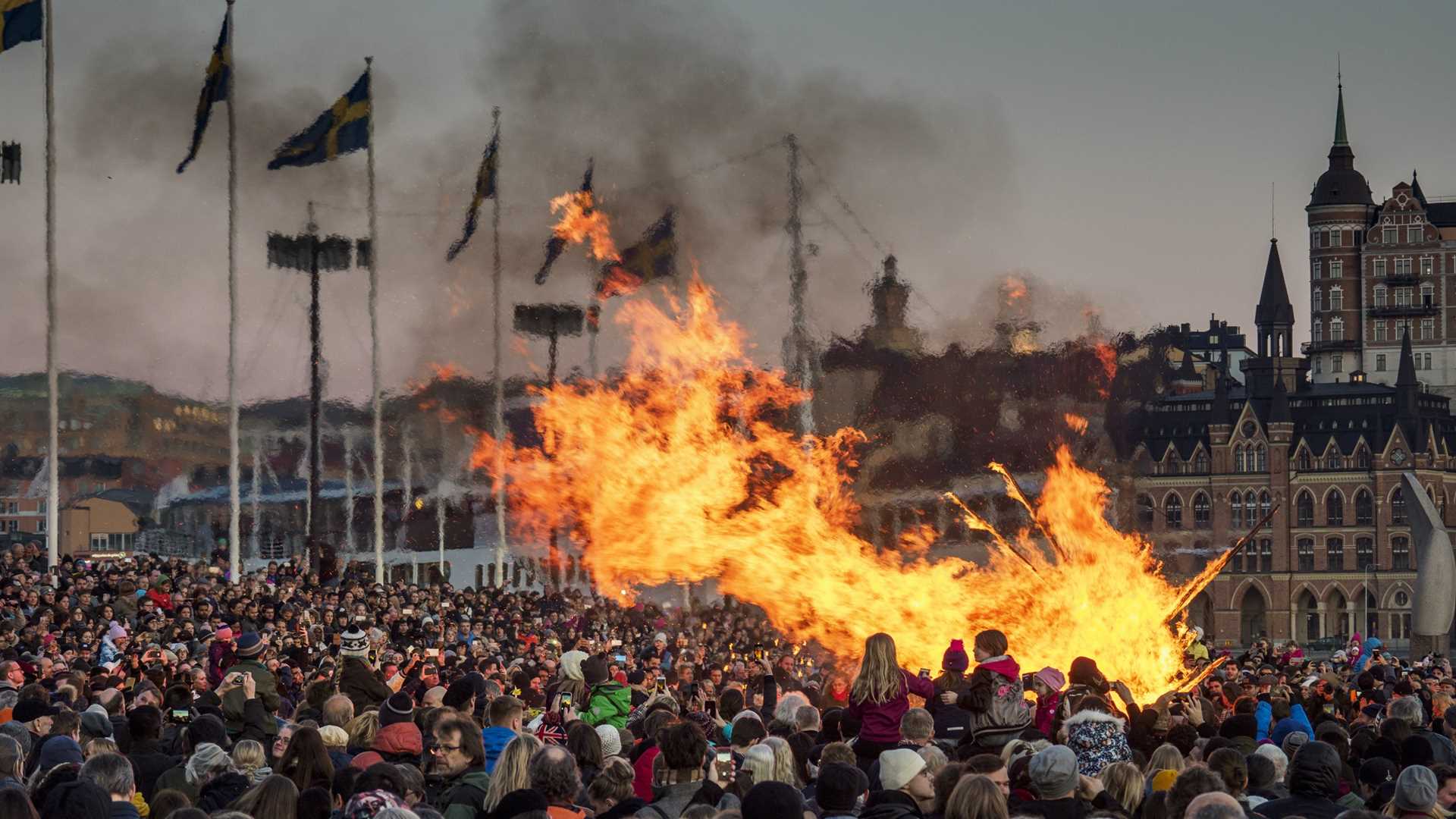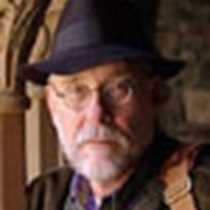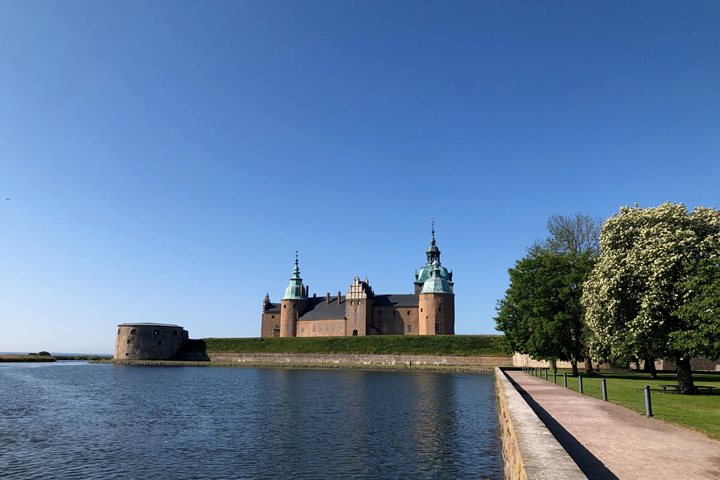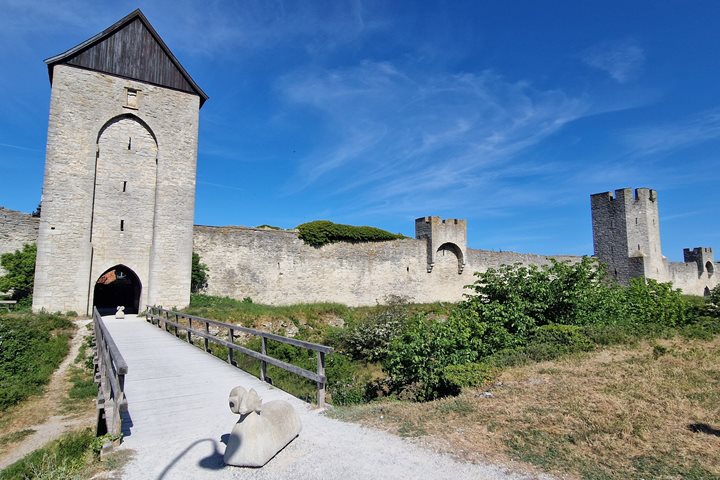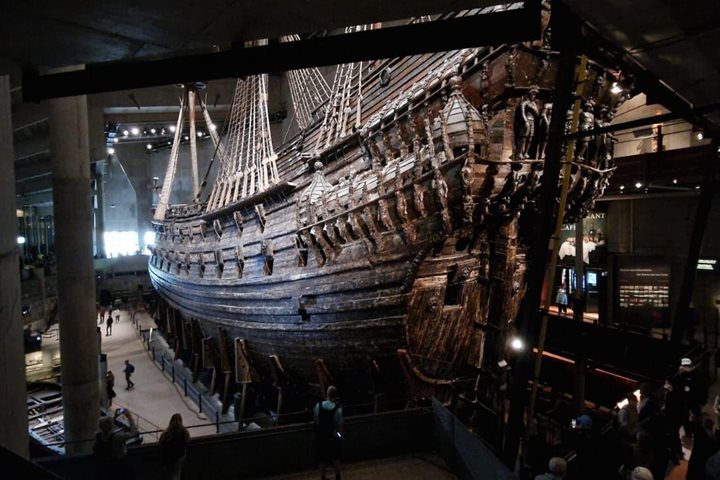Alongside at Gamla Stan, the historic heart of
Our morning visit to the Vasa Museum in Djurgården today reminded us of a shorter voyage which has gone down in history as a metaphor for Sweden’s decline from Great Power status. On 10th August 1628, an elaborately decorated, enormous vessel built as the flagship of the Swedish navy, was launched at Skeppsgården in the central harbour area of Stockholm. It was designed to intimidate, with 64 guns weighing 1,200 tons. King Gustav 11 Adolf, head of the Vasa dynasty, had personally insisted on the extra guns as Sweden, champion of the Protestant cause in continental Europe, prepared to face down the forces of the Holy Roman Empire. The ship glided down the slipway and immediately began to list heavily; before long the ship was fully capsized, with water pouring into her open gun-ports. She sank without trace into the fjord with the loss of some fifty crew.
In 1951, some three centuries after this dramatic event, the ship was located in the anaerobic mud of the fjord bed by an indefatigable amateur marine archaeologist, Anders Franzén. A lengthy project ensued that attracted royal patronage which eventually saw the ship raised to the surface in 1961, still in a remarkable state of preservation. It is now housed in a specially designed museum that displays both the ship and its contents, that of the carpenter’s workshop being a personal favourite.
Adjacent to the Vasa Museum is another famous Stockholm museum that opened at the end of the nineteenth century, the open-air folk museum of Skansen, the first such museum in the world to be established. Over a century has passed since its opening in 1891 during which time prime examples of vernacular architecture, threatened by encroaching modernity, have been saved from demolition and lovingly transferred to the grounds of this magnificent open space in the centre of the city. Endangered species from the remoter parts of the country are also kept in a zoological section. The idea of a folk museum, or ethnography museum to use the preferred contemporary nomenclature, took hold in most Baltic countries as well as in Wales and Ireland, following the example of Skansen. They represent a new way of telling a nation’s story, focussing not on its past military glory but on its distinctive social history and that of its constituent regions. Skansen thus reflects a contemporary Sweden in which political neutrality and the ‘Scandinavian model’ have displaced imperial nostalgia as expressions of national identity.

